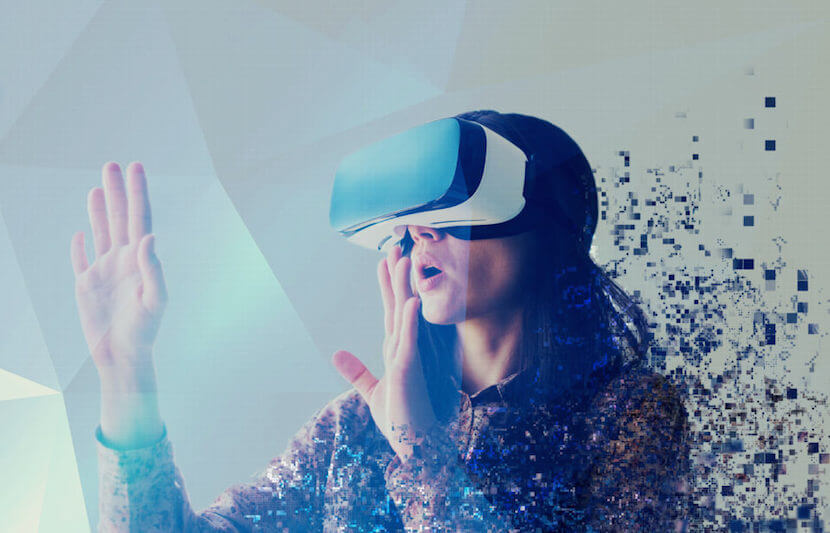Generally, teachers learn to cope with real classroom dynamics through experience, which leaves new, inexperienced teachers at a disadvantage. But that won’t be the case for those with access to the virtual reality training method developed by two University at Buffalo education researchers, which simulates a real classroom setting showcasing difficult student behaviors.
Virtual reality or VR is a technology that creates realistic representation of a real environment to simulate a user’s physical presence in an imagined environment. When used as a teaching tool, VR allows new or student teachers to practice teaching as if they were present in a real classroom.
This VR training program is unique in that the researchers — Richard Lamb, associate professor in the Department of Learning and Instruction and director of the Neurocognition Science Laboratory at UB, and Elisabeth Etopio, director of the Teacher Education Institute and interim assistant dean for teacher education at UB — use real students in their simulated classroom.
The researchers, with the help of Crosswater Digital Media, used 360-degree cameras to film seventh and eighth graders at Enterprise Charter School, a local school, acting out scenarios of difficult student behaviors.
The VR program functions as a “flight simulator for teachers,” according to the researchers. Just as student pilots practice flying with flight simulators, student teachers can now practice teaching with this VR training program.
But the program is not limited for use by student teachers only. The program is being used by Enterprise Charter School to train its “teachers in classroom management and to assist teachers with dealing with behavior management in the classroom” and has already received high praise from its teachers and administrators, according to UBNow.
“This is meant as a training simulator for pre-service and in-service teachers to garner experience in dealing with situations such as difficult student behaviors, teaching methods, classroom management in general, and other activities as needed,” Lamb said in a statement. “So when the teaching student steps into the classroom, they have some idea of what to do.”
The researchers see the VR training program not as a replacement, but as a supplement to the usual in-class training programs.
“It’s not meant to fully replace clinical opportunities for teaching students,” Lamb said in a statement. “The virtual reality-based simulated classroom is a tool that provides students repeated practice in an environment — without consequence to actual students — where they can target skills needed for successful teaching in the classroom.”
Practice Makes Perfect
When faced with a student’s troubling behavior, most student teachers as well as inexperienced teachers respond emotionally. Only after numerous practices do they realize that they need to respond in a way that will help them determine what is causing a student’s troubling behavior.
“The pre-service and novice teachers were concerned about having experiences that allow them to interact with students who are different from them,” Lamb told The University Network (TUN).
This VR program, however, allows them to become familiar with difficult student behaviors. They can try different methods of classroom management to figure out which one works best for them. And the best part of practicing in a virtual classroom is that, even if they make mistakes, there are no real consequences to real students.
“This VR program offers a unique way for pre-service teachers to develop critical skills and competencies around working with students in a soft-failure environment,” Lamb told TUN.
All students enrolled in UB’s teacher education program can participate in the VR training program.
“As they move through their program, they have the opportunity to use the VR scenarios in their courses and learn from their experiences,” Lamb told TUN.
The researchers also plan on making the program available to other universities and schools in a downloadable application to a smartphone.



